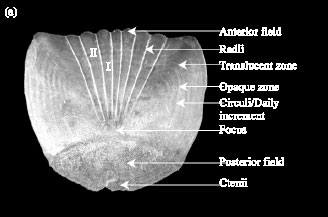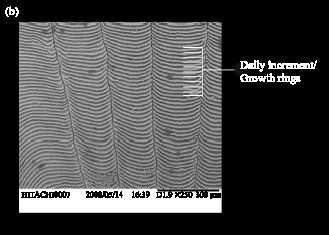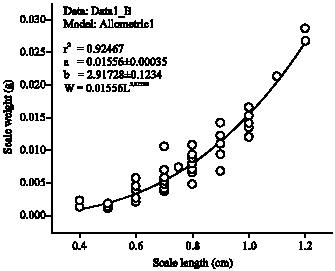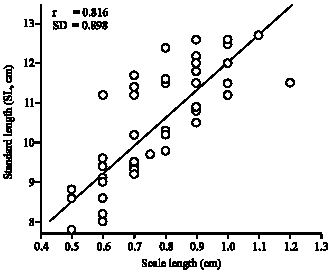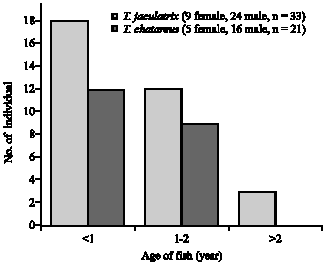Research Article
Age Determination of Archer Fishes (Toxotes jaculatrix and Toxotes chatareus) Inhabiting Malaysian Estuaries
Marine Science Programme, School of Environmental and Natural Resource Sciences,Faculty of Science and Technology, Universiti Kebangsaan Malaysia, 43600 UKM Bangi, Selangor D.E., Malaysia
A.G. Mazlan
Marine Ecosystem Research Centre, Faculty of Science and Technology, Universiti Kebangsaan Malaysia, 43600 UKM Bangi, Selangor D.E., Malaysia
Z.C. Cob
Marine Ecosystem Research Centre, Faculty of Science and Technology, Universiti Kebangsaan Malaysia, 43600 UKM Bangi, Selangor D.E., Malaysia
A. Samat
Marine Ecosystem Research Centre, Faculty of Science and Technology, Universiti Kebangsaan Malaysia, 43600 UKM Bangi, Selangor D.E., Malaysia
A. Arshad
Faculty of Science, Universiti Putra Malaysia, 43400 Serdang, Selangor D.E., Malaysia









